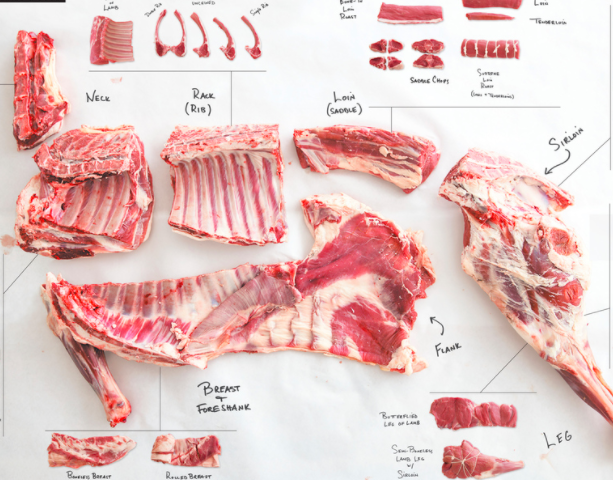The Value of Cultural Models
In 2015 I taught a course in Chad, Africa. I considered bringing gifts for the 12 Chadian students, but we had a very tight luggage allowance. The school director suggested instead that I buy a goat at the end of class for us all to enjoy. I loved that idea!
One morning the Chadian students gathered to butcher the goat for dinner that night. As I stood by watching, I tried hard to repress my shock. I grew up on a farm during my teenage years, so am somewhat familiar with how an animal “should” be butchered. But they cut the animal totally different! Even what they counted as edible was totally different! Everything except the hide went into one the cooking pot—meat, organs, unclean intestines, and even the skull.

Describing a culture is like butchering an animal—there are many ways to divide up a complex entity. A cultural model is a simple system for explaining cultural differences. Cultures are infinitely complex and complicated. However, people crossing cultures need simple categories to help them organize complex realities. So researchers have developed various models to explain cultures. Because cultures are infinitely complex, no particular cultural model in inherently “right” or “wrong.” There are infinite numbers of ways to slice up complex realities, as I learned in Chad.
Models and Maps
We must remember that models approximate reality. A model of an airplane is not an airplane. Lingenfelter explains how a cultural model is “an approximate representation of priorities; it is not a definite explanation of experience.” (Ministering Cross-Culturally, 18). Cultural models make generalizations about a group of people. They are stereotypes that sacrifice nuance for simplicity.

Here is another example. A hiker needs several types of maps. To drive to the trailhead, he needs a road map. Once hiking on the trail, he needs a topographic map showing the terrain. But to find a good café for lunch he needs a map of the local businesses. Maps are useful tools, when used at the right time. Cultural models are simply maps—helpful simplifications of complex realities. They do not capture every detail of the terrain, but organize the essential information into something helpful.
The Risk of Overapplication
There is always a risk of over applying cultural categories, just like people do with personality profiles. This should be avoided.
The concept of guilt-shame-fear cultures is a post-biblical attempt to synthesize aspects of the Bible. We should glean the insights afforded by such categories, but refrain from forcing every situation or every Bible story into either “guilt,” “shame,” or “fear.” Squeezing every cultural behavior or Bible passage through one pre-fabricated bucket makes me squeamish. Guilt, shame, and fear describe cultural tendencies in broad strokes, they do not categorize every aspect of life. We must be cautious to not over impose the categories onto other people.
Conclusion
In summary, cultural models are useful, yet limited generalizations for understanding broad features, not every detail. We should use them, but not abuse them. Knowing the value and limitations of cultural models helps us leverage them wisely.
Read more posts in this series “Guilt-Shame-Fear: Revisited“.

Got it! Thanks